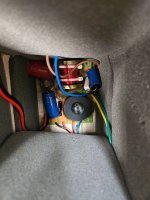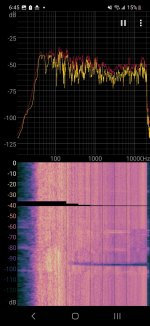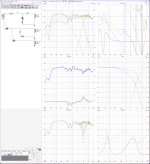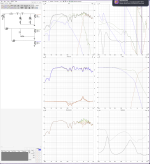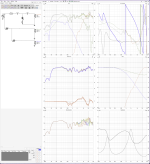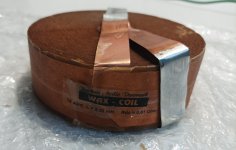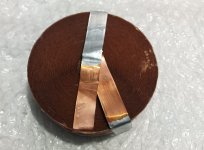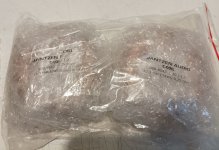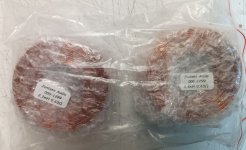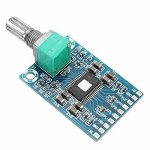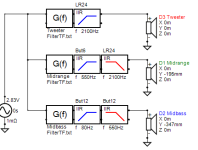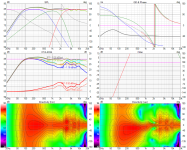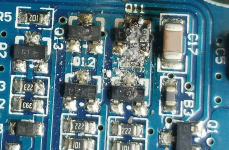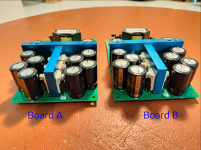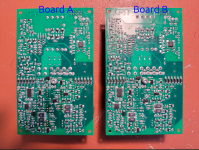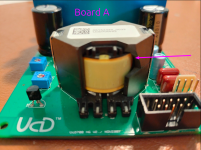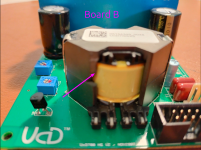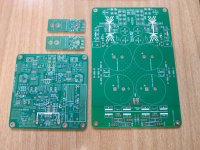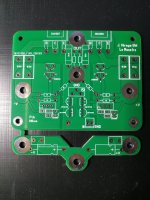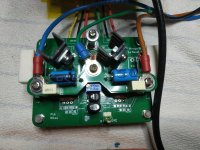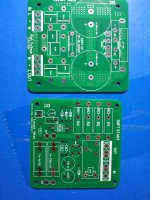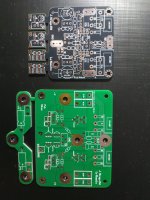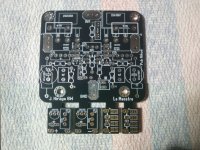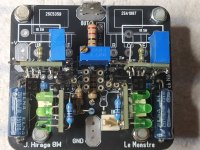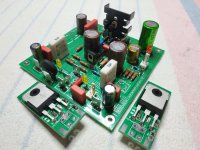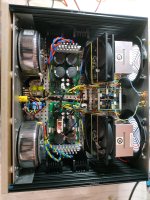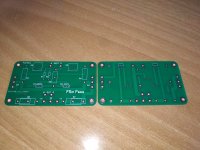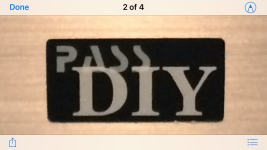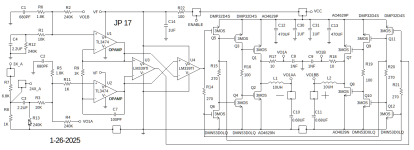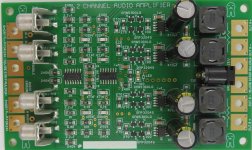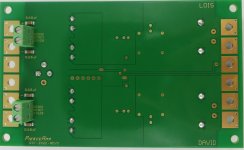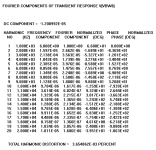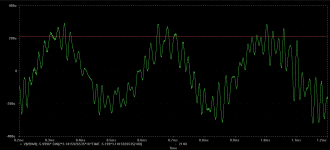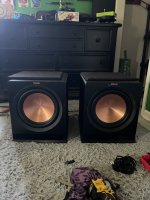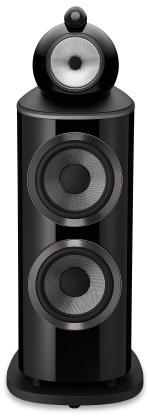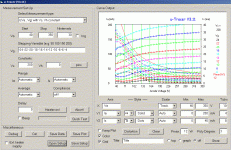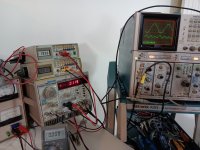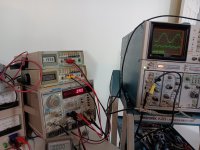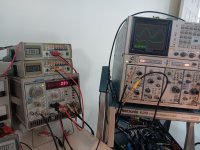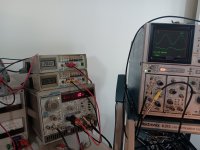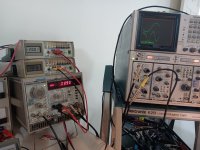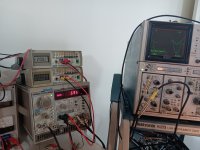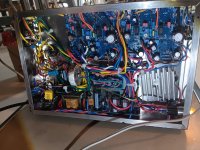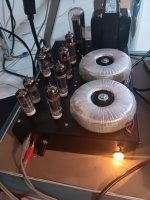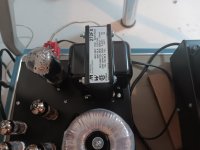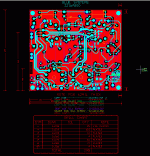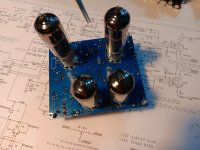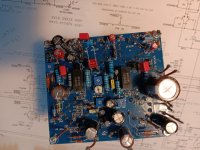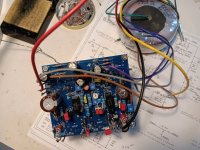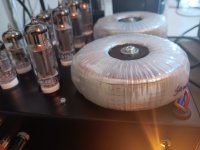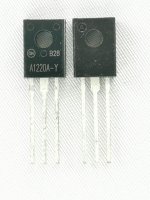Factory Modified Threshold 400A:
- Pass Labs
- 24 Replies
Hi everyone, I recently came upon a 400A (dismantled!) which seemed an attractive project for me.
Someone's partially completed amp, which they'd dismantled and done some work on.
When I got it home and began a parts inventory, I noticed this amp has driver boards which don't agree with published 400A schematics
and are labeled “520683 Mod II”.
I've been searching high and low since then for info about the mod, and I did find that Threshold offered upgrades to their older amps to the Stasis technology at some point.
The only other thing I found was a reference saying it could have been upgraded to a S-300.
I tried creating the schematic of the board I have, but that quickly became quite a chore.
I did find tracing the initial input seems to agree with the schematic of the S-300, but there are differences too. (or maybe I'm just interpreting it wrong)
Long story short, this amp is a good candidate for the new Stasis FE, which I'll pursue, but I'd like to play with this first.
I'll post some pics.


Someone's partially completed amp, which they'd dismantled and done some work on.
When I got it home and began a parts inventory, I noticed this amp has driver boards which don't agree with published 400A schematics
and are labeled “520683 Mod II”.
I've been searching high and low since then for info about the mod, and I did find that Threshold offered upgrades to their older amps to the Stasis technology at some point.
The only other thing I found was a reference saying it could have been upgraded to a S-300.
I tried creating the schematic of the board I have, but that quickly became quite a chore.
I did find tracing the initial input seems to agree with the schematic of the S-300, but there are differences too. (or maybe I'm just interpreting it wrong)
Long story short, this amp is a good candidate for the new Stasis FE, which I'll pursue, but I'd like to play with this first.
I'll post some pics.


